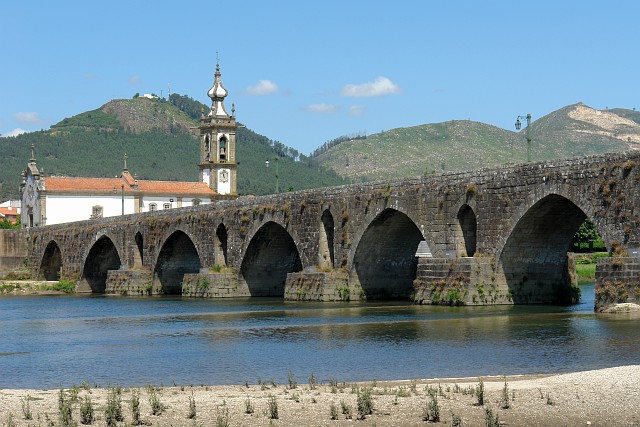Ponte de Lima
One of the essential elements of Barca Bridge is the Peneda-Geres National Park, which is about half of the county, perfect for relieving stress while watching this outrageous majesty. In this also joins the Serra Amarela that opens his eyes with layers of blue brooks, lakes and the green of its forests. These natural elements, Barca Bridge allows carry out several activities, mountain biking, canoeing and especially tours that respect the natural environment.
Peneda Geres National Park
In the Peneda Geres National Park, are the Port of the Peneda Geres Lindoso, representing equipment to receive, stimulating leisure visitors to this park. Consciously also inform and create environmental and heritage awareness campaigns this park.
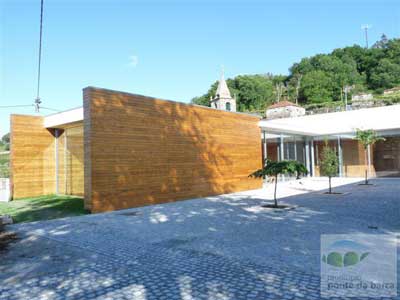
Concentrating in the historical and cultural heritage of Barca Bridge is to highlight some key elements that give a personality to Barca Bridge.
Old Market
The Pombalino Market is a work that carries a great architectural value, built in 1752, this is for merchants, watermen and their products, and the pure ex-libris of the village.
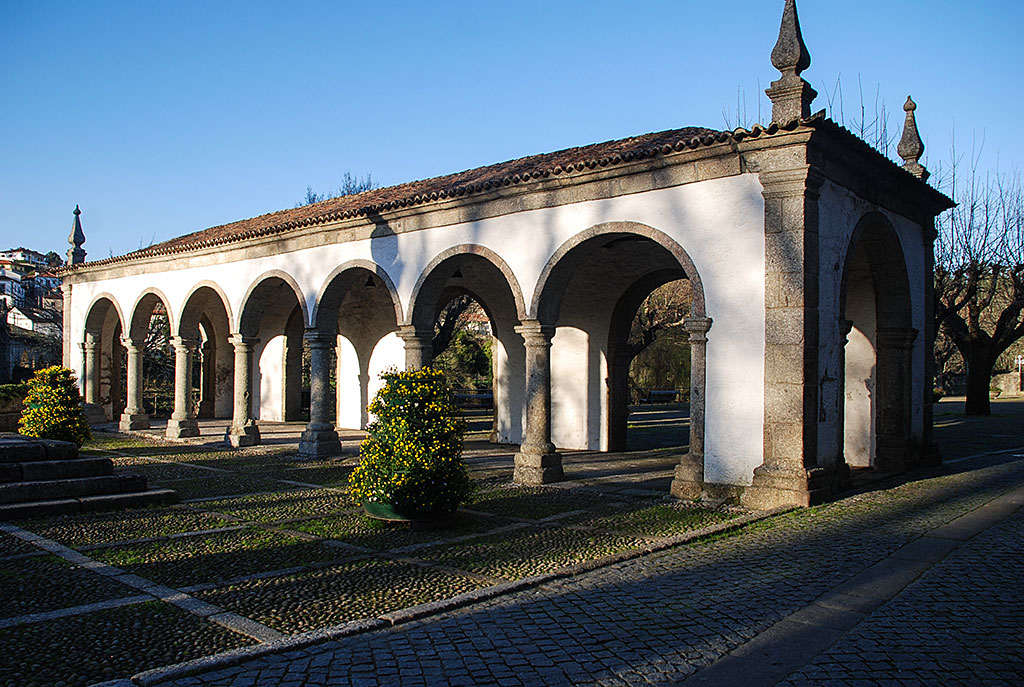
Chapel of St. Anthony
Signs of the seventeenth and early eighteenth century, this is inserted perfectly into Barca tip center structure. In this stand out modinatura oval oculus frontispiece, the portal and the window frames.
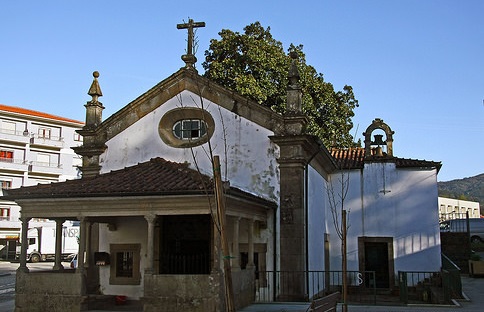
Chapel of St. Bartholomew
As the pulpit, this time to the year 1758, with a Mannerist style, this stand out from the pulpit and the front of the footstool with decorative elements phytomorphic. Inside is an image of St. Bartholomew.
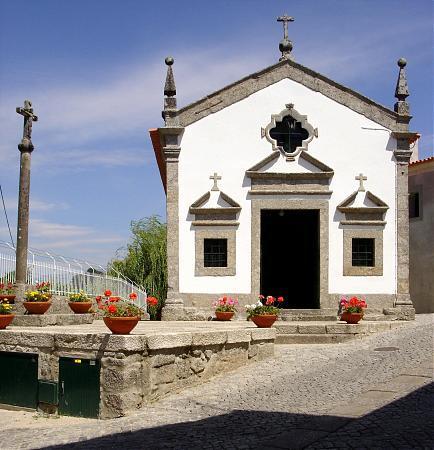
House of Santo António do Buraquinho
With a beautiful facade and balconies with dogs rolls, this house from the second half of seven, it works as a Cultural Center Frei Agostinho da Cruz and Diogo Bernardes.
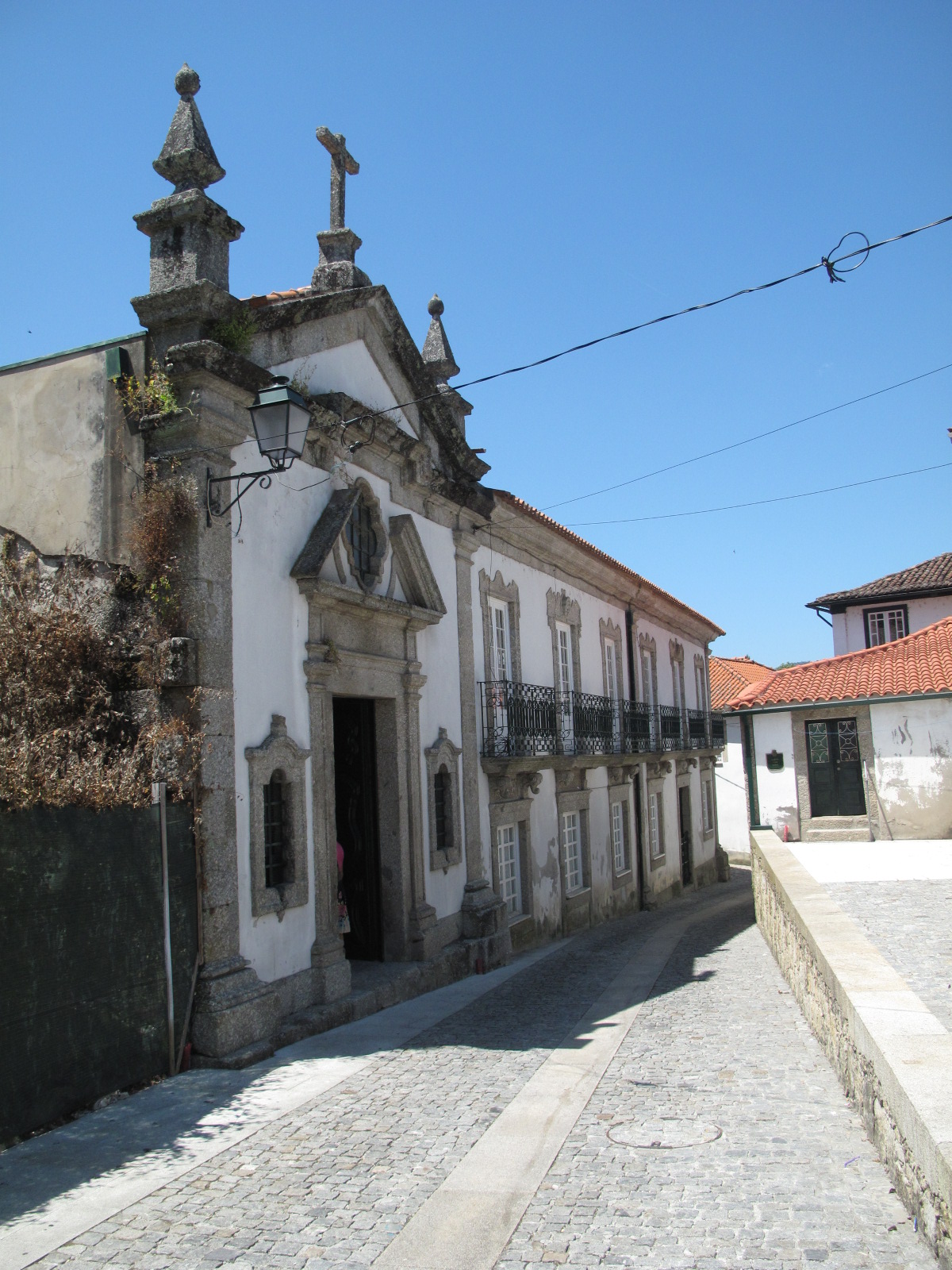
Exhibition Center and Sale of Regional Products
Housed in the former Agricultural Cooperative, this is aimed at exhibition and sale of regional products such as honey, jams, crafts and wines of this region, and its interior is the Solar Vinhão that is dedicated to the marketing of their wine. In order to develop the presence of the arts of the craftsmen, they can practice their work.
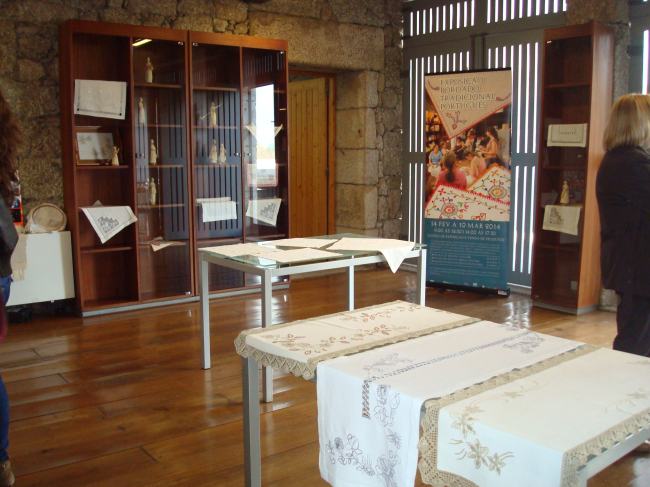
Curro cross
Declared Property Concelhio value, arising from the year 1831, this shows a pedestal with a plinth, sat in a punch four steps quadrangular. At the top, there is a Latin cross with arms and quadrangular stems.
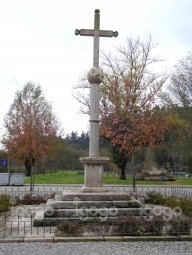
Church Ponte da Barca
Recognized as the Church of St. John the Baptist, this was changed as the designer Viennese engineer, Manuel Pinto Villalobos, between 1717 and 1738, which offered a wide Baroque spatiality. In the single nave are six side chapels presentam the leading families of the county. Its façade is finished off with the Baptism of Christ, a seventeenth century work and its interior is composed of baroque and rococo elements. Currently, this church is classified as a National Monument, one of worship and events location.
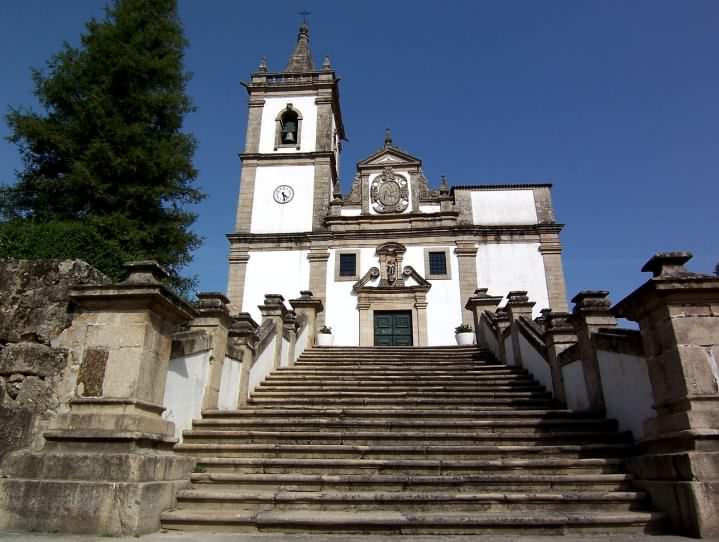
Home Counts of Folgosa
Also known as Ponte da Barca Mercy, this building of the late nineteenth and early twentieth century, it works as a nursing home. stand out in the lobby area, a few pieces of furniture including a chair John V, the flag of Mercy and screens depicting the Counts of Folgosa.
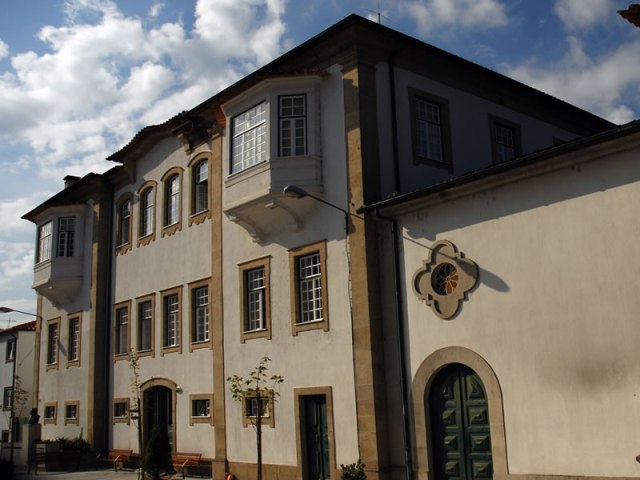
Pillory of Ponte da Barca
Considered as a National Monument, this goes back to the late sixteenth century, presenting with a cylindrical granite column, ending in a ball and balled cone of the eighteenth century, which shows the transition between Mannerism and the Baroque. Its heraldic elements allude to Manuel and the sphere contains the royal arms, the cross of Christ and the family groups of Magellan, grantee of Ponta de Barca.
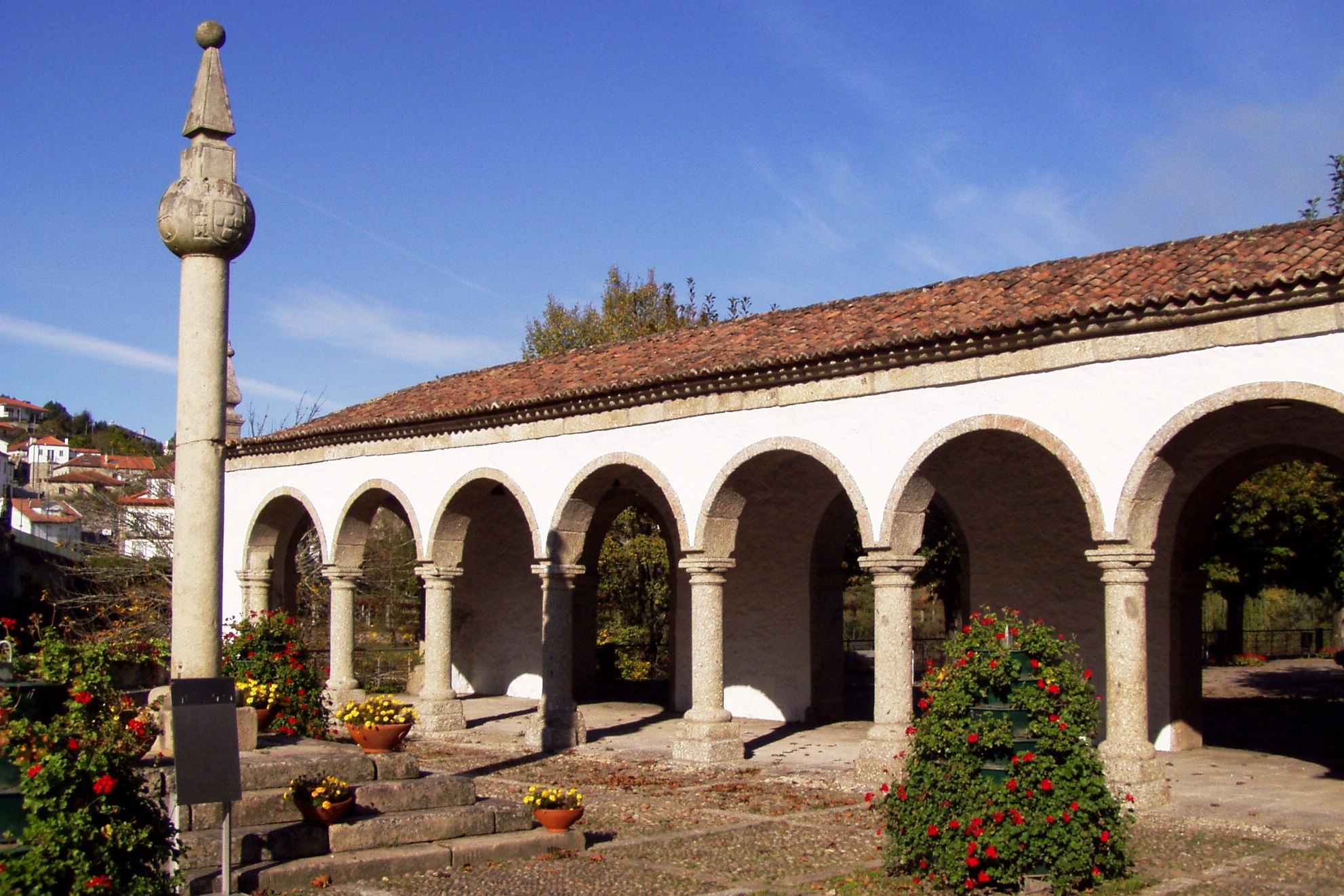
Bridge over the river Lima
A National Monument, this is considered one of the most remarkable works built in the Portuguese medieval period. Over the river Lima, this separates to the Bridge of the municipality of Arcos de Valdevez of Barca. Over the years, it has undergone some renovations, especially in the eighteenth and nineteenth centuries, preserving the ten broken arches and the middle two tombstones.
